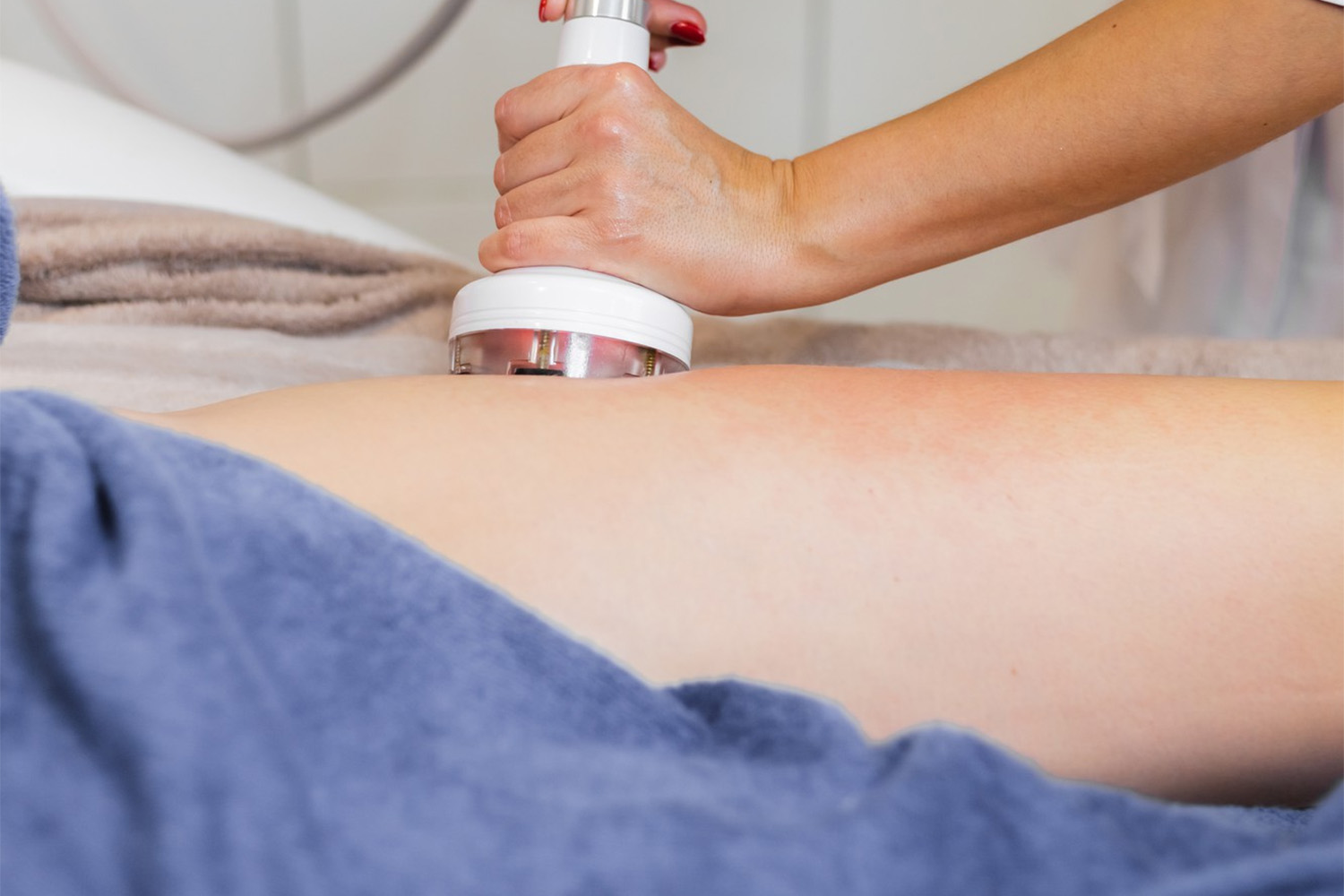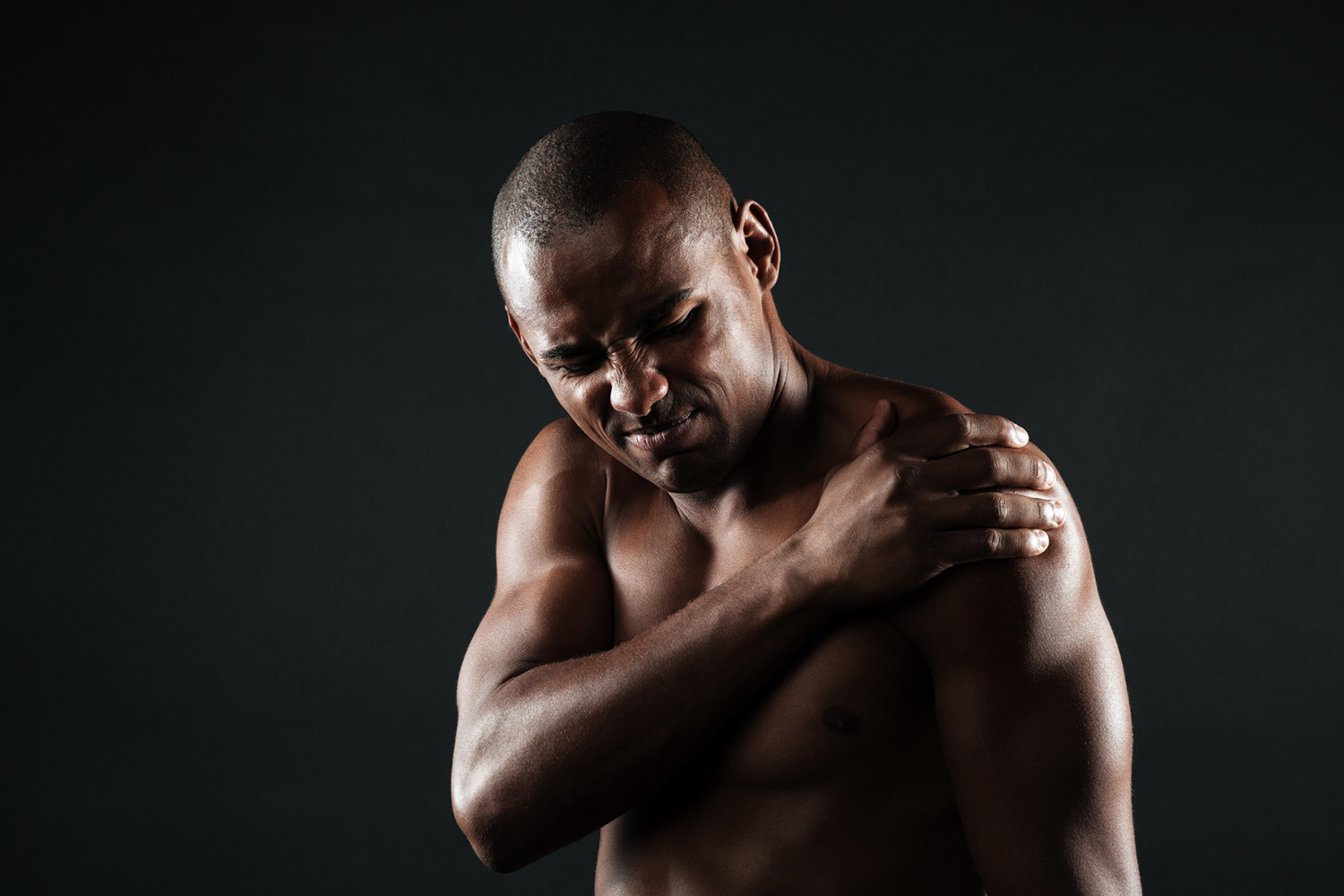Management of chronic musculoskeletal conditions is becoming easier and can be treated through an advanced method of radial pressure wave therapy, also known as radial shockwave therapy. Acoustic sound waves are used to deeply penetrate into soft tissue,s and RPWT helps reduce inflammation, stimulates healing, and relieves pain [1].
Radial pressure wave therapy is the best alternative for patients with stubborn pain or injuries to avoid surgery and long-term medication use. Many conditions of chronic pain can be treated through RPWT with a lot of benefits.
This blog will delve into the top ten conditions treated with radial pressure wave therapy, its benefits, and how it is miraculous for patients to reclaim their mobility and quality of life.

1. Plantar Fasciitis
The inflammation of the plantar fascia causes a stabbing heel called plantar fasciitis, one of the most common foot disorders. Radial pressure wave therapy uses acoustic waves to promote collagen production, improve foot circulation, and accelerate the healing of microtears in the fascia. Patients feel significant relief after a few sessions of RPWT [2].
2. Tennis Elbow (Lateral Epicondylitis)
Repetitive stress on the outer elbow due to activities like racket sports or manual labor causes tennis elbow, which is inflamed and microtorn. Treatment with radial pressure wave therapy improves blood flow, targets injured tendons, and lessens calcification accumulation.
The main benefit of RPWT is tissue regeneration, which allows the elbow to regain strength and function without the support of corticosteroid injections or surgery.
3. Achilles Tendinopathy
The overuse of the Achilles tendons in runners or athletes causes degeneration, leading to symptoms like swelling, stiffness, and pain, specifically in the morning or after activity. RPWT improves the metabolism of tendons, breaks scar tissue, and enhances the growth of healthy and new tissue [3].
4. Shoulder Tendinitis (Rotator Cuff Injuries)

Shoulder tendinitis is the inflammation and damage to the rotator cuff tendons, common among older people, manual labourers, and athletes. This restricts shoulder movement and causes pain. Radial pressure wave therapy starts the healing process, reduces calcific deposits, restores normal function, and improves shoulder movement for affected patients.
5. Patellar Tendinitis (Jumper’s Knee)
The connection of the kneecap and shin bone, called the patellar tendon, sometimes gets strained, most likely in athletes. Radial pressure wave therapy promotes neovascularization (new blood vessel formation) to address the cause in the tendon area. Increased blood supply encourages healing, eliminates inflammation, and restores knee stability.
6. Myofascial Pain Syndrome
Trigger points in muscles due to pain in different parts of the body cause myofascial pain syndrome, which is significantly resistant to traditional therapies and reduces life quality. RPWT disrupts pain and relaxes taut muscle bands, increasing circulation and releasing the fascia for lasting relief.
7. Hip Bursitis

Hip bursitis, the fluid-filled sac near the hip joint, causes pain in the outer area, especially in runners and older people. Radial pressure wave therapy decreases inflammation and enhances cell regeneration in the bursa, encourages faster healing, and breaks down fibrotic tissue, making it an effective treatment for hip pain.
8. Shin Splints (Medial Tibial Stress Syndrome)
Running and jumping cause continuous stress on the muscle, bone tissue, and tendon, resulting in the inflammation of the shinbone. RPWT increases microcirculation in the affected area to speed the healing process and reduce tension in muscles. Athletes find RPWT helpful as a back-to-training solution [4].
9. Carpal Tunnel Syndrome
Surgery or conventional treatment may be necessary for carpal tunnel syndrome, which is brought on by pressure on the median nerve in the wrist and causes tingling and numbness. To alleviate symptoms, radial pressure wave therapy increases blood flow, decreases inflammation, improves circulation and encourages tissue regeneration.
10. Chronic Neck and Back Pain
Muscular imbalance, degenerative disc disease or poor posture can lead to symptoms of chronic neck and lower back pain. RPWT increases endorphin production, reduces muscle tension, stimulates repair in damaged soft tissues and improves mobility to prevent dependence on medications.
Benefits of Radial Pressure Wave Therapy
Radial pressure wave therapy is effective and patient-friendly with lots of advantages.
- RPWT is a painless therapy because there is no need for anaesthesia, lacerations, or healing time.
- There is a minimal effect of sessions compared to injections or surgery.
- Radial wave therapy is more cost-effective than other surgical procedures or medications.
- The session requires approximately 15 to 30 minutes, making it a faster treatment.
- Clinical research supports its demonstrated efficacy for a number of conditions.
What to Expect During a Radial Pressure Wave Therapy Session
A handheld device that transfers acoustic waves is used in the session of RPWT session. Sessions may get uncomfortable, but patients may experience tapping or vibrating sensations. The number of sessions may depend on the severity of the condition, usually containing 3 to 6 sessions with a gap of weeks. Some may feel relief after 1 to 2 sessions [5].
Conclusion
Radial pressure wave therapy is a game-changer for treating conditions relating to the tendons and chronic pain. All the above situations—plantar fasciitis, tennis elbow, achilles tendinopathy, shoulder tendinitis, patellar tendinitis, myofascial pain syndrome, hip bursitis, shin splints, carpal tunnel syndrome, and chronic neck and back pain can be treated with RPWT.
Patients can have a safe, pain-free and effective path to recovery through radial pressure wave therapy. You should opt for an RPWT if you are facing stubborn chronic pain issues that have not improved through medications or physical therapy.
Enhancing massage gives services of specialized therapies to recover from injuries and pain. Get in touch to get more information or queries.
FAQs
- What is meant by radial pressure wave therapy?
Radial pressure wave therapy is the treatment provided with a device releasing acoustic waves to allow healing of muscles, tissues, and tendons, reduce pain, promote circulation, and accelerate tissue regeneration.
- What are the common conditions to be treated with RPWT?
Plantar fasciitis, tennis elbow, achilles tendinopathy, shoulder tendinitis, patellar tendinitis, myofascial pain syndrome, hip bursitis, shin splints, carpal tunnel syndrome, and chronic neck and back pain are the top ten conditions that are treated with RPWT.
- Are the RPWT sessions painful?
RPWT sessions may feel uncomfortable sometimes because of the pulsing and tapping sensation. The therapist adjusts the level of pressure according to the comfort level of pressure [6].
- How many sessions of RPWT does a patient need to recover?
The number of sessions for therapy with radial pressure waves depends on the conditions and severity, but usually 3 to 6 sessions are recommended with a gap of a week.
- Are there any side effects of RPWT?
There are not very many side effects of RPWT, but sometimes you may feel soreness, redness, and swelling in the treated area, which can fade away within 24-48 hours.
References
[2] https://www.startstemcells.com/shock-wave-therapy.html
[3] https://www.oaaortho.com/blog/what-is-radial-shockwave-therapy
[4]https://www.chiropractorwimbledon.com/blogg/905-comparing-radial-vs-focused-shock-wave-therapy
[5] https://xcelhealth.co.uk/shockwave-therapy.php
[6]https://shockwavecanada.com/the-top-10-patient-shockwave-therapy-faqs/

